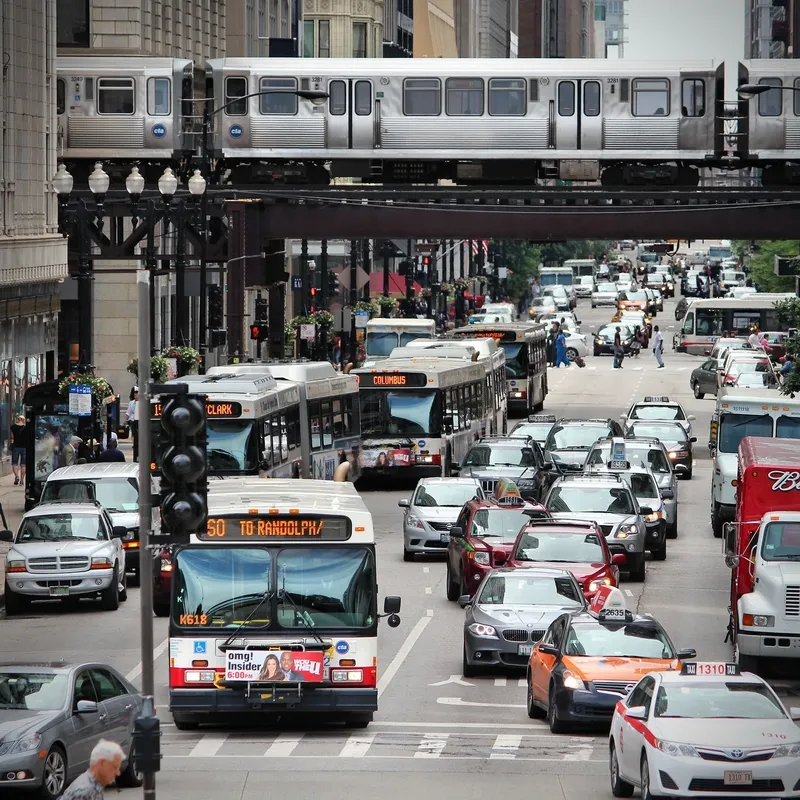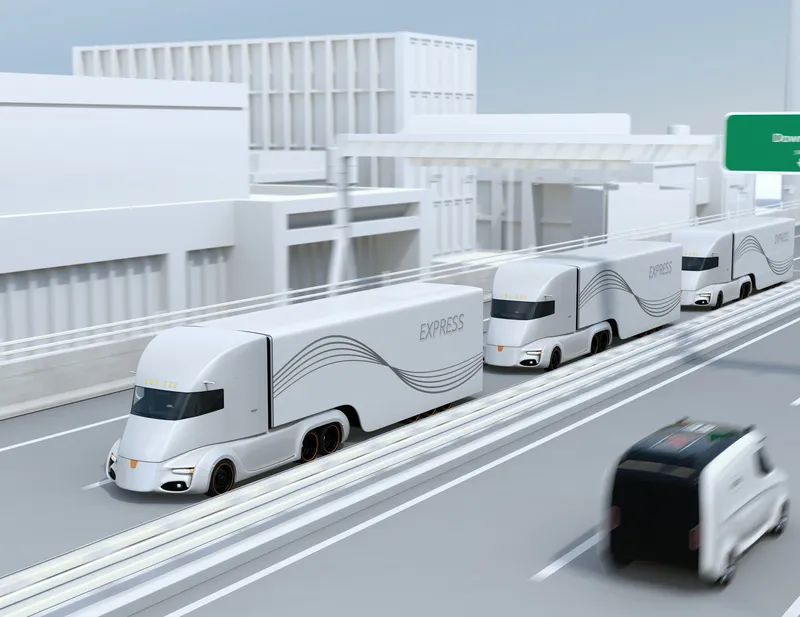Southern California Edison (SCE) has filed a proposal with the California Public Utilities Commission for an additional 48,000 electric vehicle (EV) charging points. The $760m programme would extend the electricity provider’s Charge Ready initiative by four years.
SCE says the initiative will provide the charging infrastructure to support California’s goal of having seven million electric cars on its highways by 2030 – a move intended to improve air quality and reduce greenhouse gas emissions.
The com
July 5, 2018
Read time: 1 min
Southern California Edison (SCE) has filed a proposal with the California Public Utilities Commission for an additional 48,000 electric vehicle (EV) charging points. The $760m programme would extend the electricity provider’s Charge Ready initiative by four years.
SCE says the initiative will provide the charging infrastructure to support California’s goal of having seven million electric cars on its highways by 2030 – a move intended to improve air quality and reduce greenhouse gas emissions.
The company launched Charge Ready two years ago in a bid to increase the availability of chargers for passenger EVs.
During the pilot phase, SCE installed most of its charging stations in workplaces, schools and universities, hospitals, destination centres and fleet yards. The firm now intends to make its solution more available in apartment complexes.










